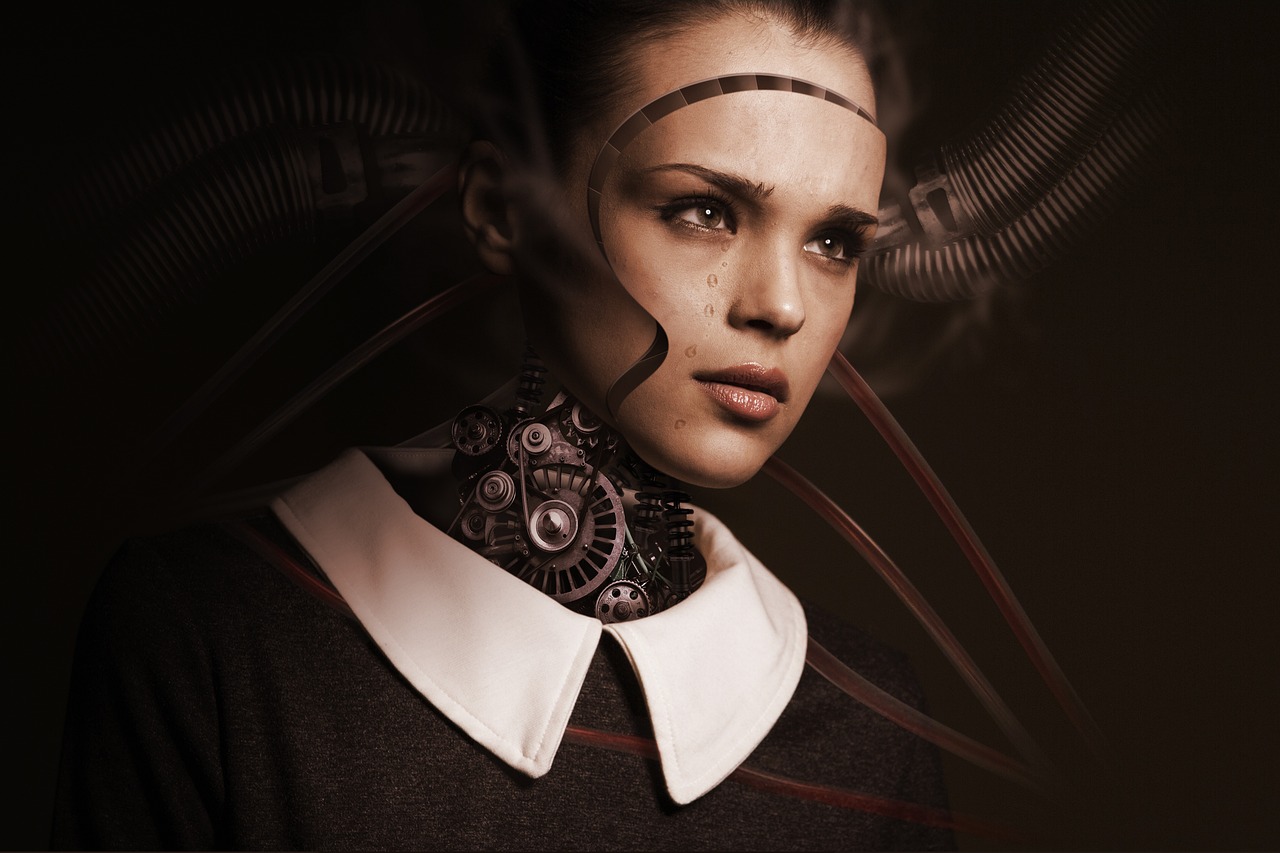Imagine a world where machines can “see” and understand the world around them, just like humans. This is the promise of computer vision, a rapidly evolving field that’s transforming industries and revolutionizing how we interact with technology. From self-driving cars to medical image analysis, computer vision is already making a significant impact, and its potential is only beginning to be realized. Let’s dive into the fascinating world of computer vision and explore its applications, challenges, and future possibilities.
What is Computer Vision?
Defining Computer Vision
Computer vision is a field of artificial intelligence (AI) that enables computers and systems to extract meaningful information from digital images, videos, and other visual inputs—and take actions or make recommendations based on that information. It essentially allows machines to “see,” identify, and understand objects and scenes in a way that mimics human vision.
How Computer Vision Works
Computer vision systems typically rely on a combination of:
- Image Acquisition: Capturing visual data through cameras or other sensors.
- Image Processing: Enhancing and refining the image data (e.g., noise reduction, contrast adjustment).
- Feature Extraction: Identifying distinctive characteristics or features within the image, such as edges, corners, and textures.
- Object Detection and Recognition: Using machine learning models to identify and classify objects in the image based on extracted features.
- Interpretation and Understanding: Analyzing the recognized objects and their relationships to derive meaningful insights.
These steps allow the system to “understand” the visual content and take appropriate actions.
Key Differences from Image Processing
While often confused, computer vision and image processing are distinct fields. Image processing focuses on manipulating images to improve their quality or appearance (e.g., enhancing contrast, reducing noise). Computer vision, on the other hand, aims to understand the content of images and extract meaningful information.
Applications of Computer Vision
Healthcare
Computer vision is transforming healthcare through applications like:
- Medical Image Analysis: Assisting radiologists in detecting tumors, fractures, and other anomalies in X-rays, CT scans, and MRIs. Studies have shown that AI-powered image analysis can significantly improve diagnostic accuracy and reduce the workload on medical professionals.
- Robotic Surgery: Enhancing the precision and dexterity of surgical robots, allowing for minimally invasive procedures.
- Diagnosis Assistance: Identifying skin conditions from images, aiding in early diagnosis and treatment.
Automotive
The automotive industry is at the forefront of computer vision adoption, particularly in the development of:
- Autonomous Vehicles: Enabling self-driving cars to perceive their surroundings, detect obstacles, and navigate safely. Computer vision algorithms process data from cameras, LiDAR, and radar to create a 3D map of the environment.
- Advanced Driver-Assistance Systems (ADAS): Providing features like lane departure warning, automatic emergency braking, and pedestrian detection to enhance driver safety.
- Driver Monitoring Systems: Monitoring driver alertness and detecting signs of fatigue or distraction.
Retail
Retailers are leveraging computer vision to improve the shopping experience and optimize operations:
- Inventory Management: Using cameras and AI to track inventory levels on shelves, ensuring product availability and reducing stockouts.
- Customer Analytics: Analyzing shopper behavior to understand traffic patterns, product preferences, and demographics.
- Self-Checkout Systems: Enabling customers to scan and pay for items without human assistance, reducing checkout times and improving efficiency. Amazon Go stores are a prime example of this in action.
Manufacturing
Computer vision plays a crucial role in quality control and automation in manufacturing:
- Defect Detection: Identifying defects in products during the manufacturing process, ensuring quality and reducing waste.
- Robotic Assembly: Guiding robots in assembling products with precision and speed.
- Predictive Maintenance: Analyzing images of equipment to detect signs of wear and tear, enabling proactive maintenance and preventing costly breakdowns.
Techniques in Computer Vision
Image Classification
Image classification involves assigning a label or category to an entire image. For example, classifying an image as “cat,” “dog,” or “bird.”
Example: Training a model to identify different types of flowers from images.
Object Detection
Object detection goes beyond classification by identifying and locating multiple objects within an image, drawing bounding boxes around each object.
Example: Detecting cars, pedestrians, and traffic signs in a street scene.
Image Segmentation
Image segmentation involves partitioning an image into multiple segments or regions, each corresponding to a different object or area of interest. This is a pixel-level classification.
Example: Separating the different organs in a medical image for detailed analysis.
Facial Recognition
Facial recognition is a specific type of object detection that focuses on identifying and verifying individuals based on their facial features.
Example: Unlocking a smartphone using facial recognition or identifying individuals in a crowd.
Challenges in Computer Vision
Data Requirements
Computer vision models, particularly deep learning models, require vast amounts of labeled training data to achieve high accuracy. Acquiring and labeling this data can be time-consuming and expensive.
Computational Cost
Training and deploying complex computer vision models can be computationally intensive, requiring powerful hardware and significant energy consumption.
Variability in Lighting and Perspective
Computer vision systems can struggle with variations in lighting conditions, camera angles, and object orientations. Robust algorithms are needed to handle these challenges.
Occlusion and Clutter
Objects that are partially obscured or cluttered can be difficult for computer vision systems to identify and recognize.
Ethical Considerations
The use of computer vision raises ethical concerns related to privacy, bias, and security. It’s important to develop and deploy computer vision systems responsibly, with careful consideration for these potential impacts.
Conclusion
Computer vision is a powerful and rapidly evolving field with the potential to transform industries and improve our lives in countless ways. While challenges remain, ongoing advancements in algorithms, hardware, and data availability are paving the way for even more innovative and impactful applications in the future. As computer vision continues to mature, it will undoubtedly play an increasingly important role in shaping the world around us.




